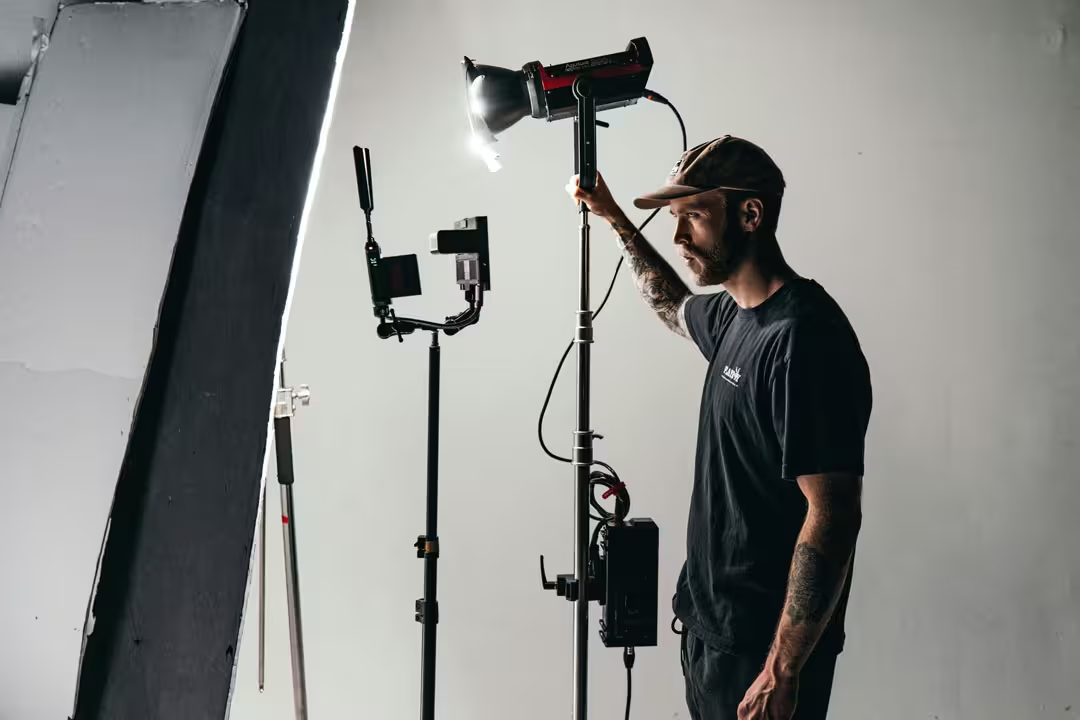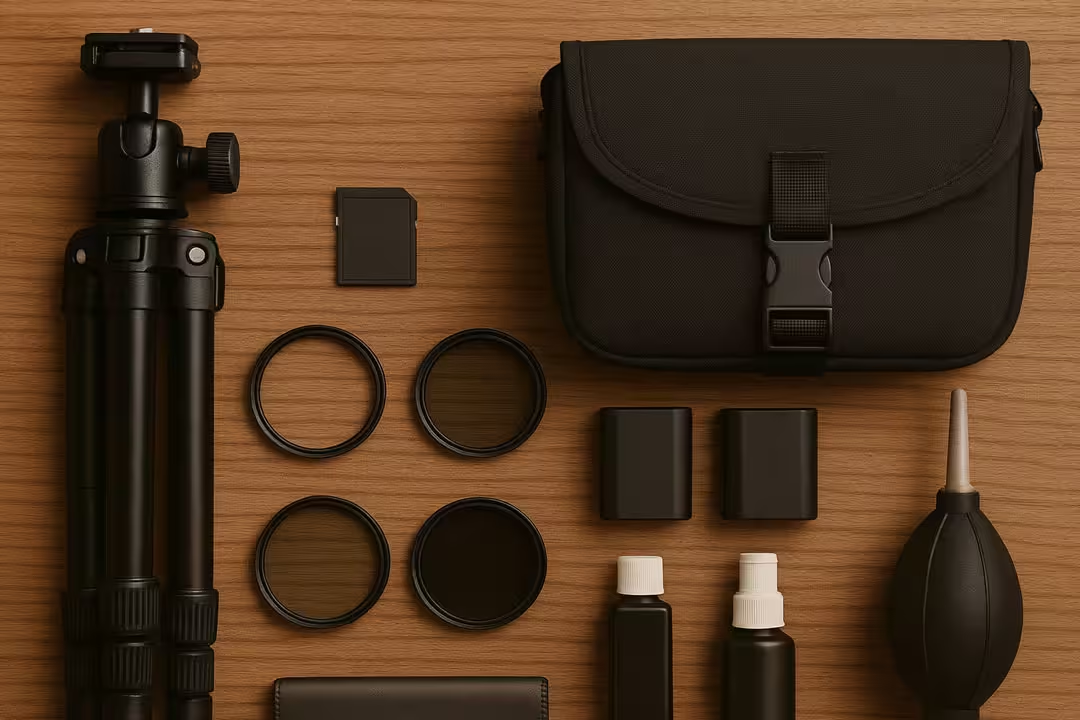
Composition Techniques That Instantly Improve Your Photography
Great photography is not just about sharpness, colour, or exposure — it’s about how you arrange elements in the frame. Strong composition guides the viewer’s eye, creates balance, and enhances the story your photo tells.
In this article, we’ll explore some of the most effective composition techniques you can apply right away, regardless of the camera you’re using.
Rule of Thirds
The Rule of Thirds is one of the most fundamental and widely used techniques. Imagine your frame divided into a 3×3 grid. Position your subject along one of these lines or at their intersections to create a more dynamic and balanced image.
Practical Tip: Most cameras and smartphones allow you to overlay a grid on your screen — enable it and use it as a guide.
Leading Lines
Leading lines are natural or man-made elements that draw the viewer’s eye toward the subject. Examples include roads, fences, shadows, or rivers.
Why It Works: Leading lines add depth and guide visual flow, making the composition feel more intentional.
Framing
Framing uses elements in the scene — such as windows, archways, or tree branches — to surround the subject. This technique adds context and focuses attention where you want it.
Example: Shooting a portrait through a doorway creates a natural border that adds interest and directs the eye.
Fill the Frame
Sometimes, eliminating distractions is the best way to strengthen a composition. Filling the frame with your subject removes unnecessary background elements and creates impact.
When to Use: Portraits, macro shots, and detail-oriented images benefit from this approach.
Negative Space
Negative space is the empty or less detailed area around your subject. Using it deliberately can make the subject stand out and convey simplicity or calm.
Example: A single bird in the sky surrounded by open space becomes more powerful because of the minimalism.
Symmetry and Patterns
Humans are naturally drawn to symmetry and repeating patterns. Centering your subject in a symmetrical setting can create a striking image — especially when balanced with careful attention to lines and shapes.
Practical Assignment
Pick one subject today and photograph it using three different composition techniques from this article. Compare the results and note how each approach changes the feeling and focus of the image.
Conclusion
Composition is about choice — deciding what to include, what to exclude, and how to arrange the visual elements. By applying techniques like the Rule of Thirds, leading lines, and negative space, you can transform an ordinary scene into a compelling photograph.
In the next article, we’ll explore essential camera accessories every beginner should consider to expand creative possibilities and improve shooting efficiency.
Composition Techniques That Instantly Improve Your Photography

Great photography is not just about sharpness, colour, or exposure — it’s about how you arrange elements in the frame. Strong composition guides the viewer’s eye, creates balance, and enhances the story your photo tells.
In this article, we’ll explore some of the most effective composition techniques you can apply right away, regardless of the camera you’re using.
Rule of Thirds
The Rule of Thirds is one of the most fundamental and widely used techniques. Imagine your frame divided into a 3×3 grid. Position your subject along one of these lines or at their intersections to create a more dynamic and balanced image.
Practical Tip: Most cameras and smartphones allow you to overlay a grid on your screen — enable it and use it as a guide.
Leading Lines
Leading lines are natural or man-made elements that draw the viewer’s eye toward the subject. Examples include roads, fences, shadows, or rivers.
Why It Works: Leading lines add depth and guide visual flow, making the composition feel more intentional.
Framing
Framing uses elements in the scene — such as windows, archways, or tree branches — to surround the subject. This technique adds context and focuses attention where you want it.
Example: Shooting a portrait through a doorway creates a natural border that adds interest and directs the eye.
Fill the Frame
Sometimes, eliminating distractions is the best way to strengthen a composition. Filling the frame with your subject removes unnecessary background elements and creates impact.
When to Use: Portraits, macro shots, and detail-oriented images benefit from this approach.
Negative Space
Negative space is the empty or less detailed area around your subject. Using it deliberately can make the subject stand out and convey simplicity or calm.
Example: A single bird in the sky surrounded by open space becomes more powerful because of the minimalism.
Symmetry and Patterns
Humans are naturally drawn to symmetry and repeating patterns. Centering your subject in a symmetrical setting can create a striking image — especially when balanced with careful attention to lines and shapes.
Practical Assignment
Pick one subject today and photograph it using three different composition techniques from this article. Compare the results and note how each approach changes the feeling and focus of the image.
Conclusion
Composition is about choice — deciding what to include, what to exclude, and how to arrange the visual elements. By applying techniques like the Rule of Thirds, leading lines, and negative space, you can transform an ordinary scene into a compelling photograph.
In the next article, we’ll explore essential camera accessories every beginner should consider to expand creative possibilities and improve shooting efficiency.




